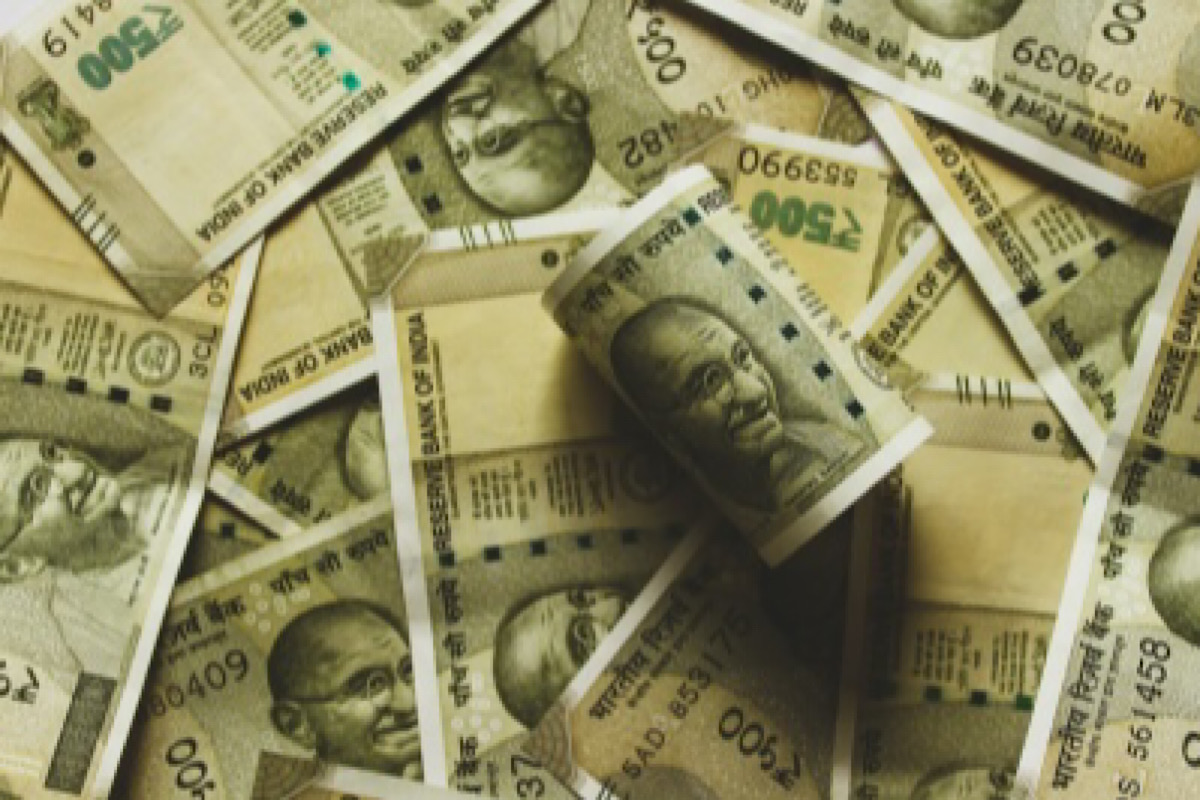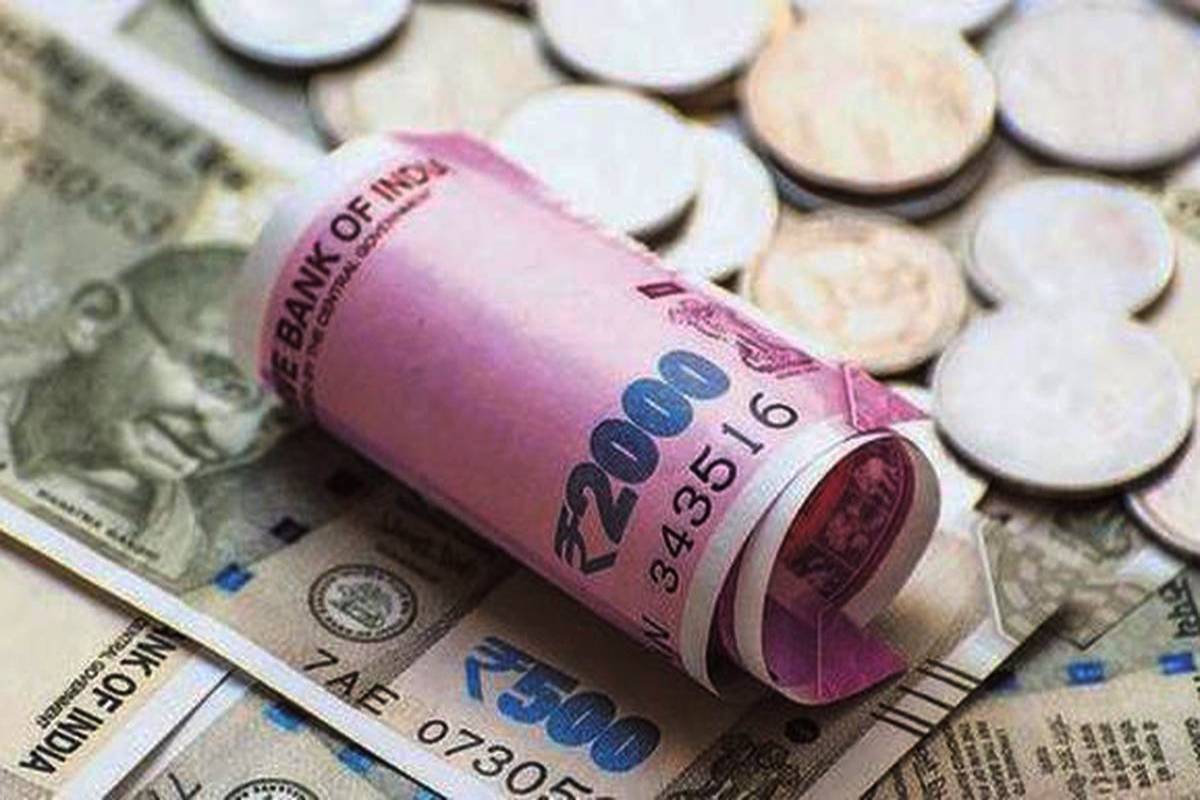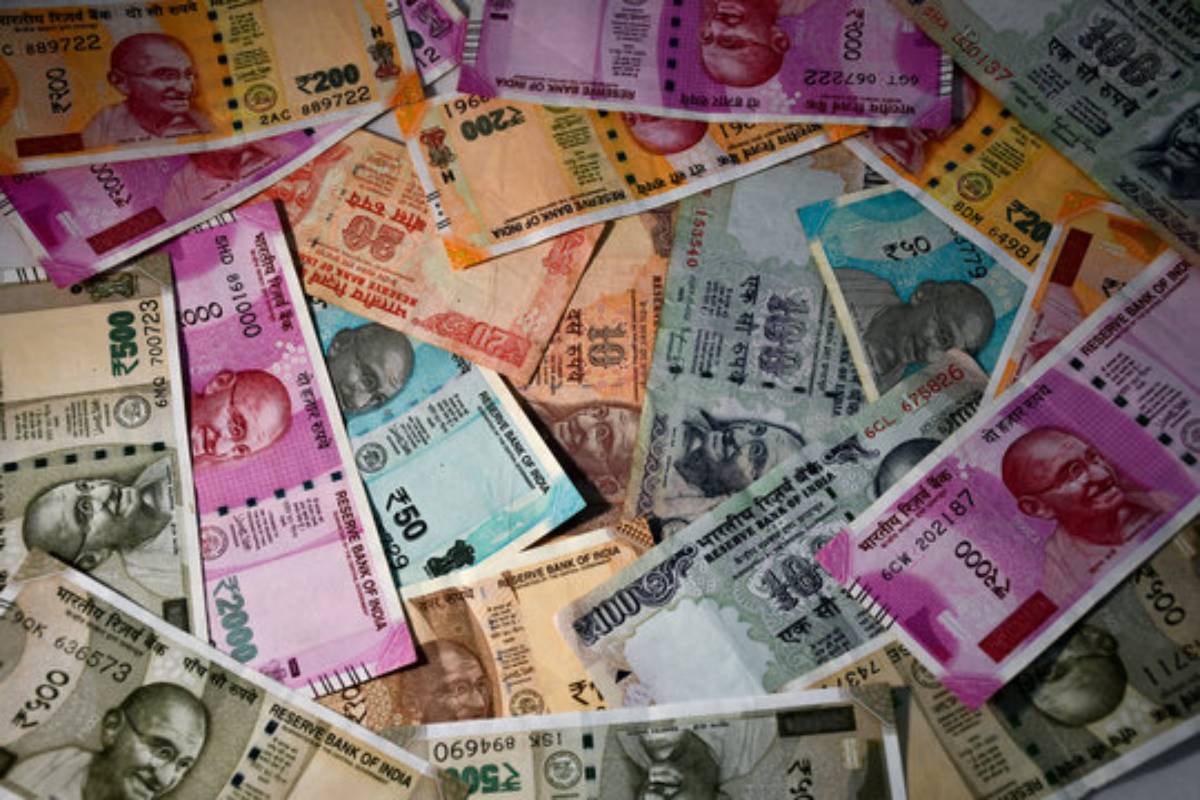Rupee’s struggle
The Indian rupee’s recent struggles underscore the intricate dynamics of global and domestic factors influencing its value.

The Indian rupee’s recent struggles underscore the intricate dynamics of global and domestic factors influencing its value.

The Reserve Bank of India (RBI) in its report highlighted that the Real Effective Exchange Rate (REER) of the Indian Rupee increased to 108.14 in November 2024 from 107.20 in October 2024.

The Indian rupee has breached the significant psychological barrier of 85 against the US dollar, marking an all-time low amid a confluence of domestic and global pressures.

The Indian rupee’s stability, despite external pressures from weak Asian currencies and rising US bond yields, highlights a nuanced approach by the Reserve Bank of India (RBI) in managing the currency.

The Indian rupee’s recent behaviour, hovering just shy of 84 a dollar, has been a focal point of discussion in financial circles. On Tuesday, the currency closed at 83.97, marginally above its previous alltime low of 83.9725, thanks to the Reserve Bank of India's (RBI) timely intervention.
It had settled at 74.93 against the US dollar on Tuesday.
The domestic unit finally closed at 74.68 against the US dollar, down 2 paise over its previous close of 74.66 on Friday.
It opened 10 paise higher at 75.48 per dollar versus previous close of 75.58.
It had settled at 75.65 against the US dollar on Friday.
Forex traders said risk appetite has waned amid spike in fresh coronavirus infections globally
